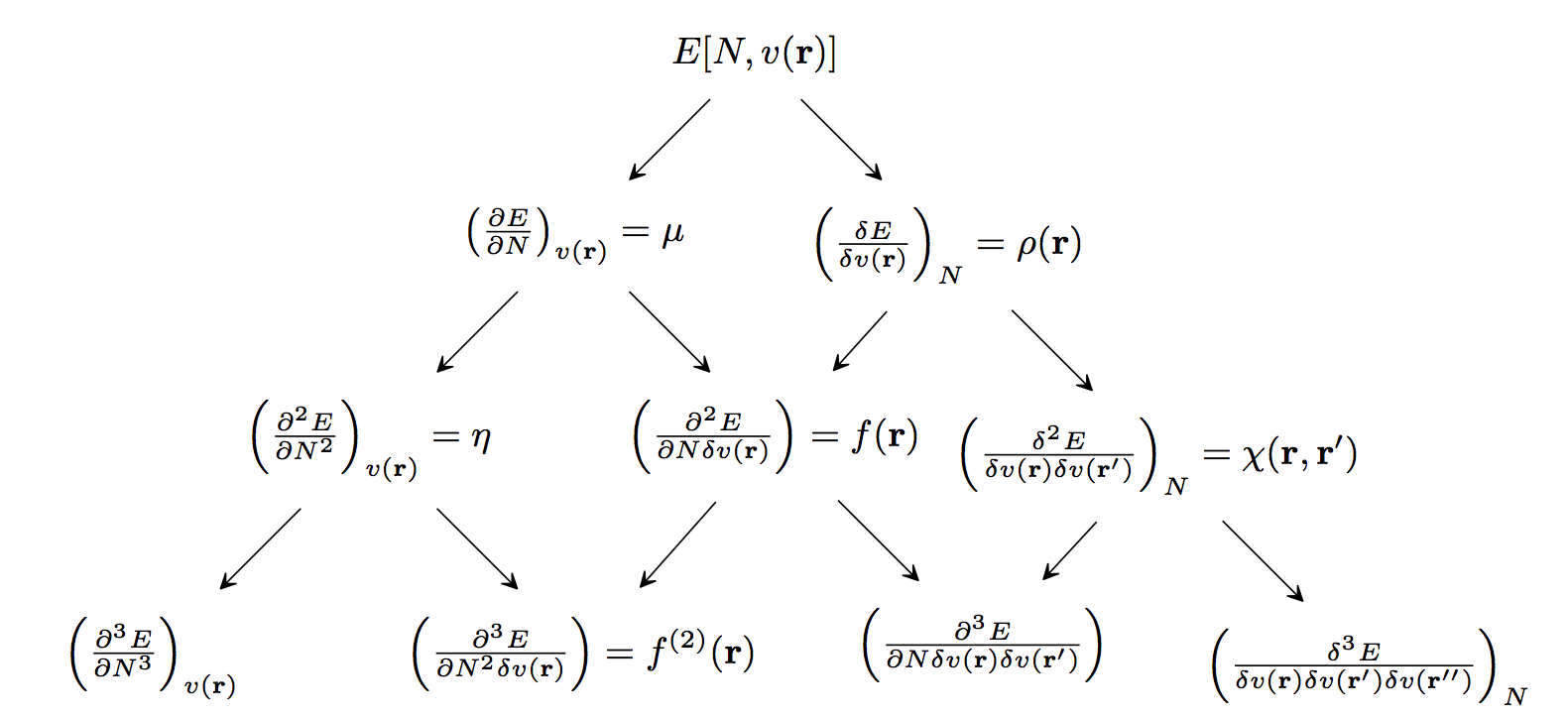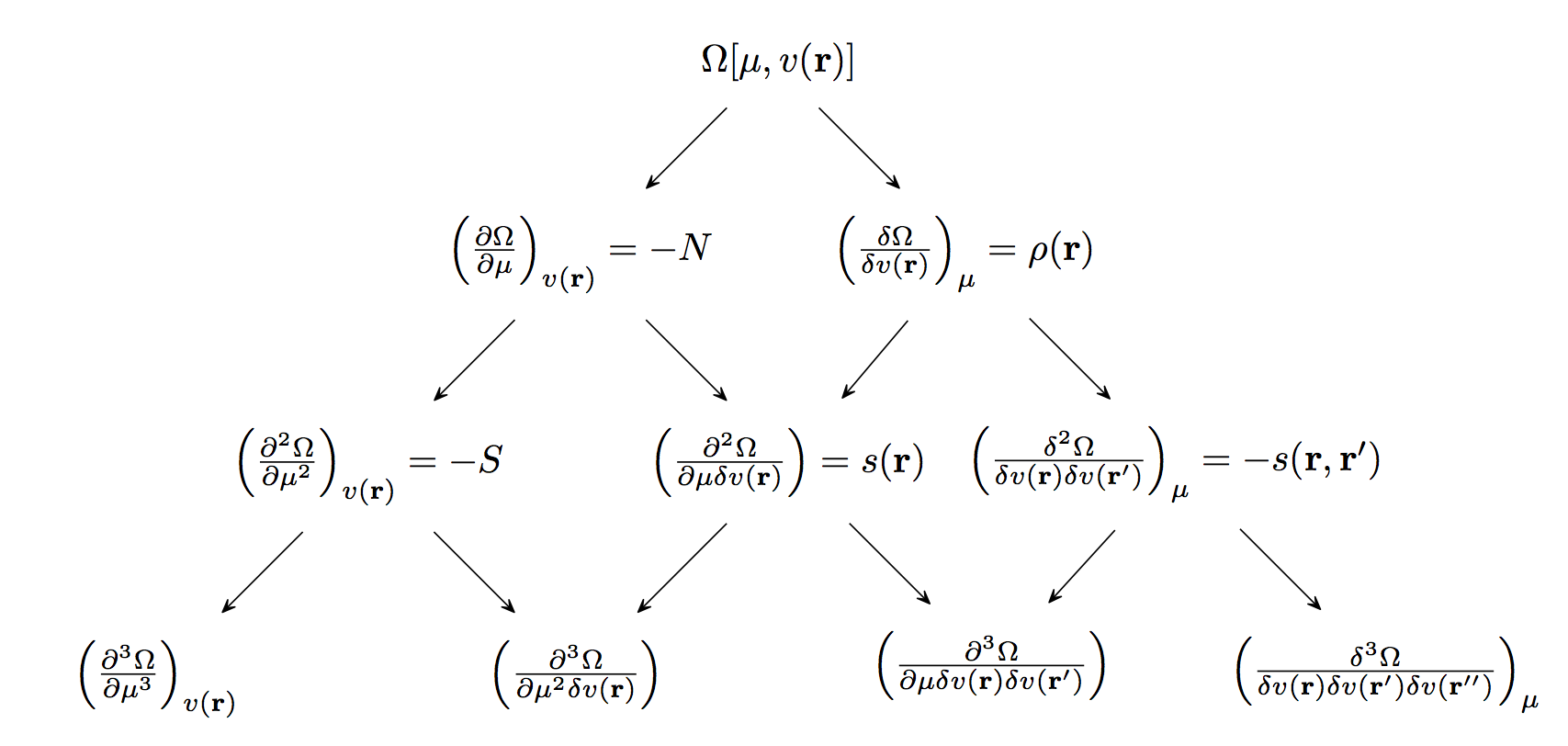About ChemTools¶
ChemTools is a free and open source Python library for interpreting the results of quantum chemistry calculations. The goal of ChemTools is to provide a toolbox by which the quantitative output of electronic structure theory calculations can be expressed in chemical language. ChemTools provides easy-to-use core functionality to compute fundamental descriptors of conceptual quantum chemistry, together with a flexible set of utilities allowing scientists to easily test their own discoveries.
Motivated by our interests and our assessment of which portions of the conceptual quantum chemistry community are most underserved, the current version of ChemTools emphasizes on conceptual tools associated with, or at least inspired by, density-functional theory (DFT) and density-matrix theory. Future developments will include orbital-based tools, information-theoretic methods, and various types of population and bonding analysis, and quantum chemical topology (including the quantum theory of atoms in molecules, QTAIM). We also aim to make it easier for theorists to test, implement, and disseminate new ideas, and to help non-specialists use the most powerful and most recent tools from conceptual quantum chemistry.
** Main Features **
Conceptual tools (mostly density-based tools will be considered here, so this is often called “conceptual DFT”) can be divided into three main categories:
- Global tools: There is one number for the entire molecule. Examples: Energy, ionization potential, electron affinity, chemical potential, chemical hardness, chemical softness, hyper-hardness, hyper-softness, electrophilicity, nucleophilicity. It provides a quantitative expression for the intrinsic reactivity of reagents in terms of the properties of the isolated molecules.
- Local tools: Every point in space, r, has a value. Examples: electron density, electrostatic potential, Fukui function.
- Nonlocal tools: There is a value for pairs (or triples, quadruples, etc.) of points. For example, the linear response function measure the change in electron density at r due to a change in external potential at r’.
For canonical ensemble,
For grand-canonical ensemble,

